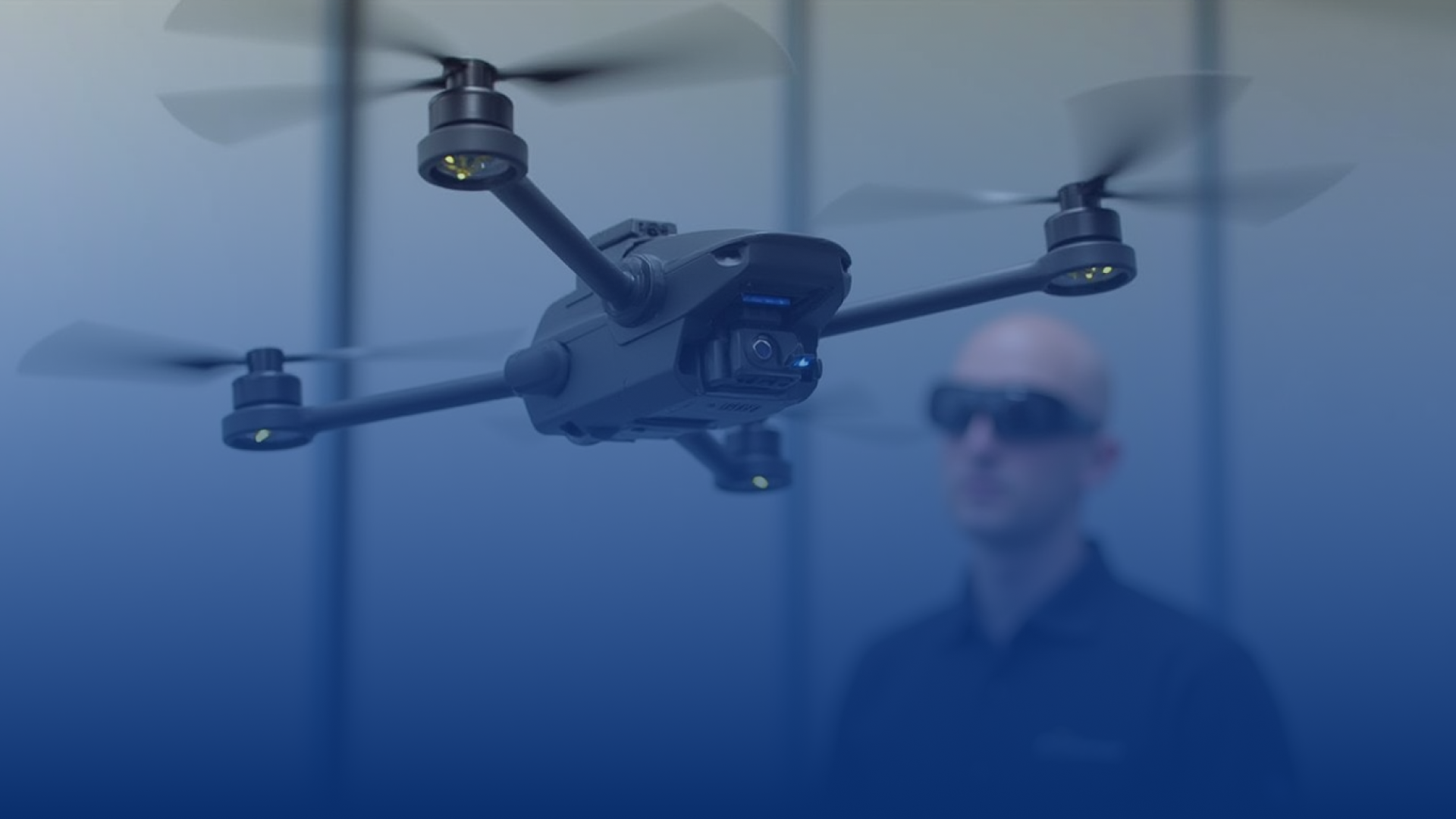Imagine being immobile, deprived of the ability to move your body, yet able to control an object as far away as a drone, simply by thought. This is no longer a science fiction dream, but a reality thanks to a state-of-the-art brain implant that has allowed a paralyzed man to fly a virtual drone using only his mind. This is an incredible breakthrough in neuroscience and assistive technologies, opening up new perspectives for the treatment of paralysis and remote control through the brain-computer interface.
The technology behind the miracle
The man, a patient who had lost mobility due to paralysis, has been equipped with an innovative brain implant that collects electrical signals from the brain and translates them into real-time commands. This type of technology, which falls within the field of neural interfaces (BCI), has made enormous strides in recent years, from laboratory experiments to real practical applications.
The system used to control the drone is designed to detect the brain waves that the patient emits when he imagines moving his hands or limbs. These signals are sent through a device implanted in the brain, which decodes them and translates them into instructions for the drone. In practice, the man is able to “think” about the drone’s movement without any physical gesture.cun gesto fisico.
The process: from mind to drone
To understand how a paralyzed man can fly a drone with just thought, we have to look at the process that takes place behind the scenes. When the patient thinks about moving an object (such as an arm or hand), the brain emits electrical signals that would normally be transmitted to the muscles to perform the movement. In this case, however, the signals do not go to the muscles but are picked up by a brain implant and sent to a computer, which translates them into a virtual movement.
The drone’s control system is then powered by an algorithm that “interprets” these brain signals and applies them to the drone, allowing man to move the virtual device in space, simply with the power of thought.
Life-changing innovation
This progress is not only a technological achievement, but represents a real revolution for people with motor disabilities. The project, which combines neuroscience, robotics and engineering, shows how technology can break down physical barriers and give back some form of control to those who have lost the ability to interact with the environment.
In this case, the patient who piloted the virtual drone not only performed the gesture of piloting, but also confirmed a fundamental aspect of the project: the use of thought to interact with a virtual object gave him a feeling of control, Bringing a significant psychological improvement in addition to the physical. This type of technology could be used in the future not only for mobility, but also to rehabilitate cognitive and motor functions impaired by paralysis.
The prospects for the future
This innovation has enormous implications not only for medicine and rehabilitation. The BCI could one day be used to check advanced prostheses, allowing people with amputations or severe motor disabilities to recover lost functions. Other applications could include the use of assistive devices, such as automated wheelchairs, or technologies that allow control of robots in hazardous environments, such as disaster zones or space environments.
In addition, the use of BCI could lead to extraordinary developments in mind-computer interfaces, paving the way for entirely new ways of interacting with the digital world. Computers, gaming interfaces and other electronic devices could be controlled naturally and directly by thought, without the need for physical devices such as keyboards, mice or touch screens.
Challenges and opportunities
Despite the remarkable progress, there is still a long way to go before neural interfaces are widely used. Technical challenges include improving the decoding of brain signals and reducing the risks associated with brain implants, which could be susceptible to infection or rejection. There is also a need to develop systems that can translate complex brain signals with even greater precision.
There are also ethical and social challenges related to the use of these technologies. Access to advanced brain implants may be limited by high costs and moral considerations regarding direct manipulation of brain signals.
Conclusions: a new era of possibilities
The brain implant that has allowed a paralyzed man to pilot a virtual drone is a fundamental step towards a new era of human-machine interaction. Although practical applications are still in development, the results obtained are extraordinary and lay the foundations for future treatments that could give millions of people back control over bodies that have lost their ability to move. In the future, this type of technology could not only revolutionise disabled people’s lives but also change the way we interact with the digital and physical world.




